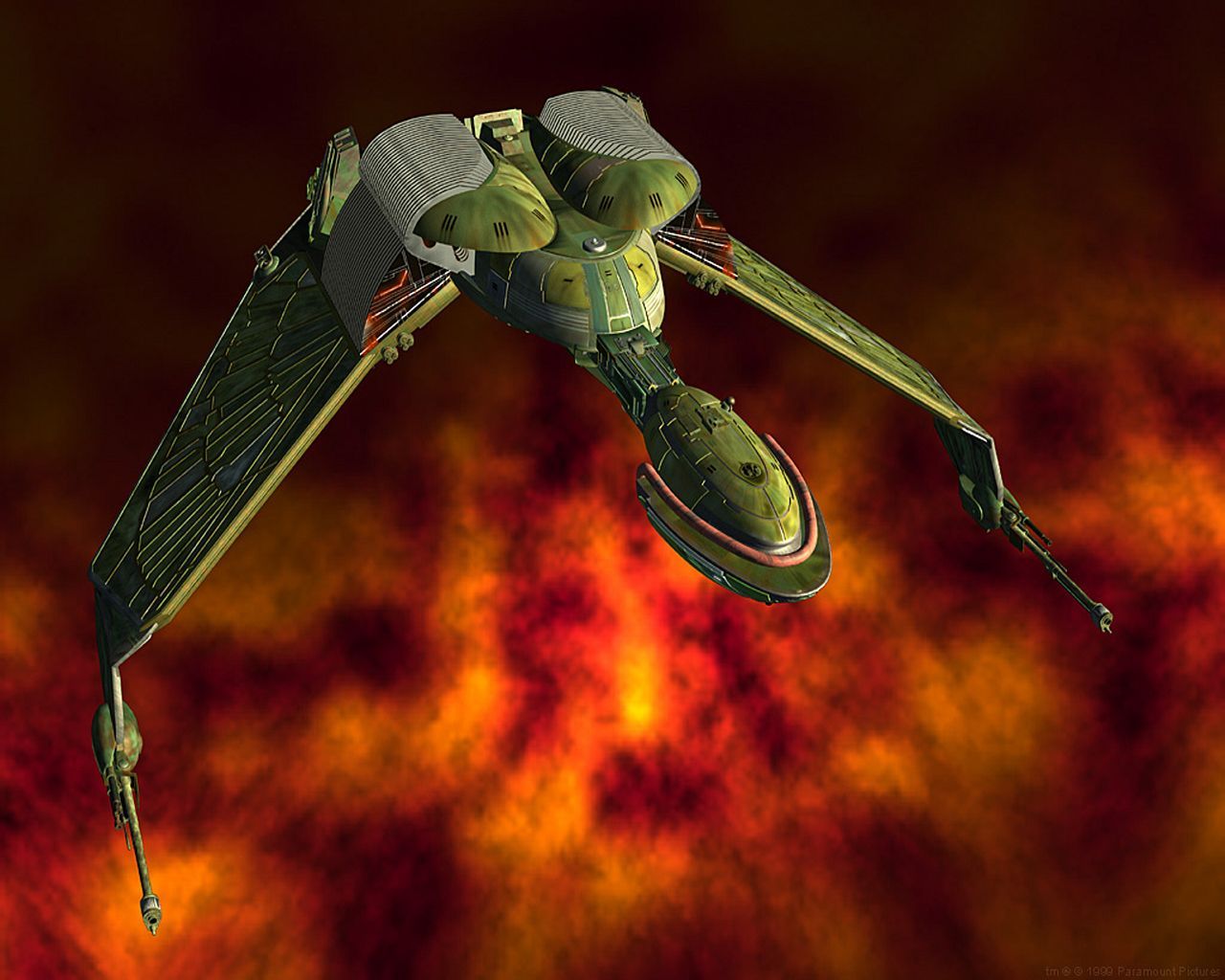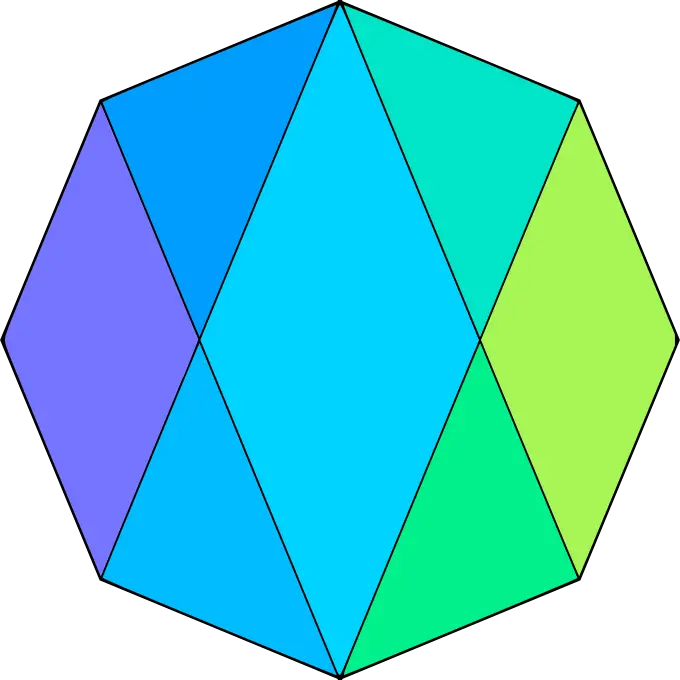Stop; hammer time.
I was taught it in school, have looked it up on Wikipedia, seen infographics, YouTube videos, etc., and yet I still do not know when to use those things. At this point I just refuse to purely out of fear.
Wikipedia has some examples; they are always super helpful in cases like this.
I have one easy rule, and two examples. Use them when using a comma would be confusing.
Examples: often in lists, where each item might contain a comma and so trying to separate list items with commas would just be confusing; and more broadly anywhere where you have a sentance containing clauses and need a different separator.
I just used the first example above: to separate the two list items, and the other one I’m using here, where I’m already using commas; using a semicolon allows braking this up without starting a new sentance.
That second example was somewhat contrived, but does the job; it could have been two sentences.
Actually, there’s another place I use them, but it’s not a “rule” and if more style: I use them selectively in place of periods to prevent a series of short, choppy sentences.
You can use a semicolon wherever you’d logically break in a sentence, without pausing overtly, but intend to follow the thought; semi-colons slip naturally into your thought process when you practice it by speaking.
The rules are all made up; punctuation can be used wherever you like.
Since this is about punctuation, what’s with the double dashes? Trailing off is usually written with an ellipsis, though an em dash can be used, since this is more of a break in speech. And yes, double dashes are sometimes used as a substitute on a keyboard or with a typeface that doesn’t have an em dash.
But this is hand-lettered text— just draw the em dash!
An em dash is done with a triple hyphen in some programs like Microsoft Word, IIRC, and a double hyphen is an en dash.
But I am lazy and don’t want to smack hyphen three times, so I tend to use double hyphen for em dash, which I use a lot more than en dash, and just use a single hyphen for en dash. People get the meaning.
Wouldn’t semicolon be their child?
They are pretending its not
I thought it was an NB joke.







